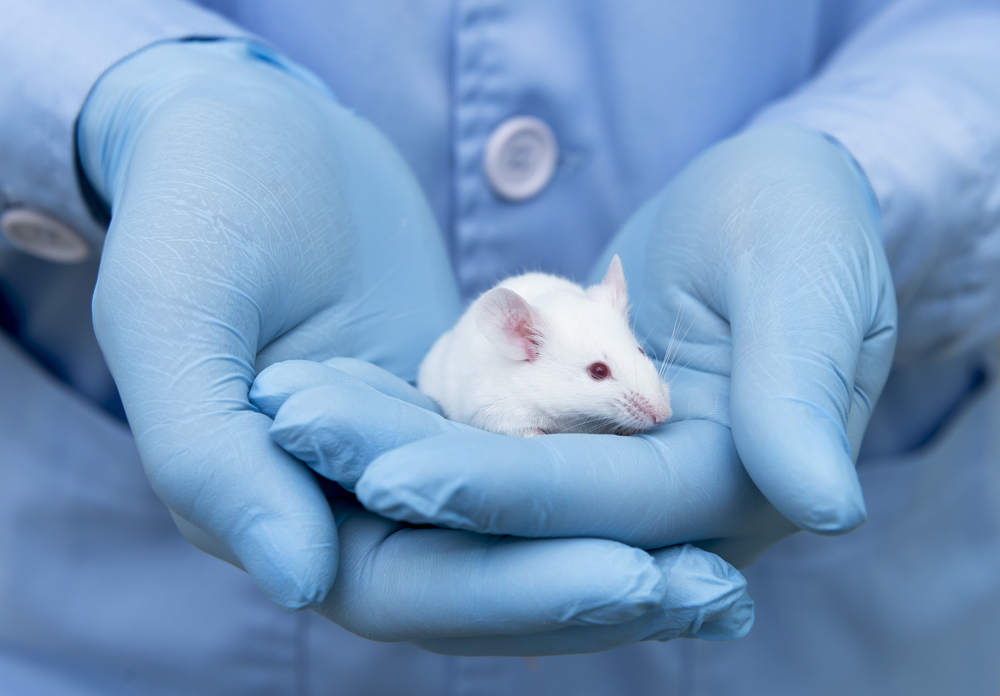Early Therapeutic Intervention Seen to Reverse Huntington’s Symptoms in Mouse Study
Written by |

Huntington’s disease begins early, before birth, but symptoms tend to appear much later in life. Now, researchers working with mice have found a way to reverse so-called “pre-Huntington’s symptoms,” including abnormal nerve cell differentiation, with early therapeutic intervention. This could have important implications for future treatment strategies.
The study, “Early postnatal behavioral, cellular, and molecular changes in models of Huntington disease are reversible by HDAC inhibition,” was published in the journal Proceedings of the National Academy of Sciences of the United States of America.
Huntington’s disease is caused by a mutation in the Huntingtin (HTT) gene, which results in a mutant form of the HTT protein (mHTT).
While mHTT is first expressed during embryonic development, clinical Huntington’s symptoms usually appear later in adulthood. Hence, in recent years, Huntington’s disease has shifted from being considered a late-onset neurodegenerative disease to a developmental disorder, as mHTT may affect the early development of the central nervous system.
Several studies have reported neurodevelopmental changes associated with mutant HTT protein. However, whether these changes are therapeutically reversible was unclear.
So, a team of international researchers investigated the early neurodevelopmental changes associated with the mHTT protein in a rodent model of Huntington’s disease. Using a combination of tests that evaluated behavior, researchers observed that the animals had reduced anxiety in an early postnatal phase.
During this same period, the team observed an imbalance in dopamine- and glutamate-producing pathways — both are involved in nerve-cell signaling and communications — that could explain behavioral differences previously observed in animals.
Researchers then determined the ability of mHTT-containing neural stem cells to mature into neurons — a process called differentiation — during postnatal development. Specifically, the team looked at the ability of neural stem cells to differentiate into neurons in the subventricular zone, a brain region with a large population of neural stem cells.
These cells, derived from Huntington’s mouse embryos, displayed a reduced ability for neuronal differentiation.
The team then set out to determine if pre-Huntington’s symptoms, including aberrant neuronal differentiation, were reversible with early therapeutic intervention in mice.
They treated Huntington’s mouse pups with a histone deacetylase inhibitor called LBH589, or Panobinostat. Histone deacetylase inhibitors are promising compounds that show neuroprotective qualities in Huntington’s mouse models and have been studied in clinical trials of Huntington’s disease.
LBH589, approved in 2015 by the U.S. Food and Drug Administration for the treatment of multiple myeloma, is known to cross the blood-brain barrier efficiently, and already has been tested in preclinical studies.
Low-dose treatment with this compound in mice was seen to partly reverse behavioral symptoms, improve nerve cell signaling, and completely restore impaired neuronal differentiation.
“[E]arly postnatal behavioral, cellular, and molecular alterations of HD [Huntington’s disease] can be alleviated by low-dose therapy with LBH589,” researchers said.
They added that “very early LBH589 treatment may be a promising treatment approach in HD.”





